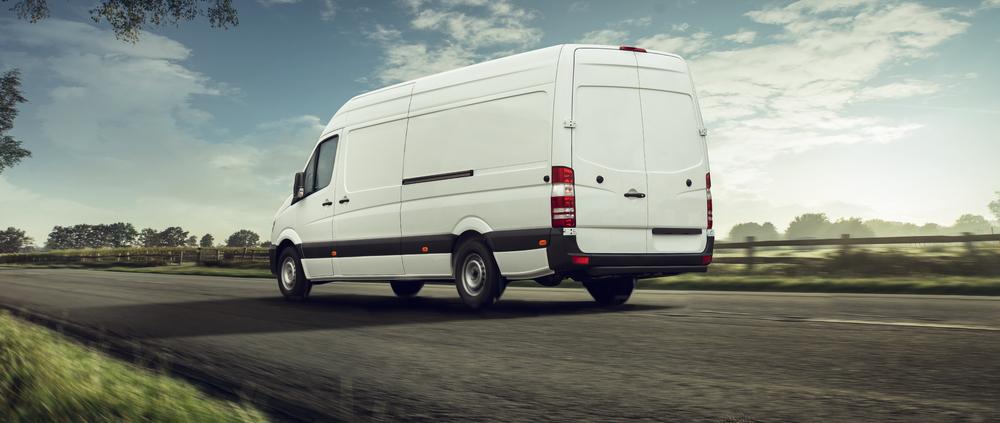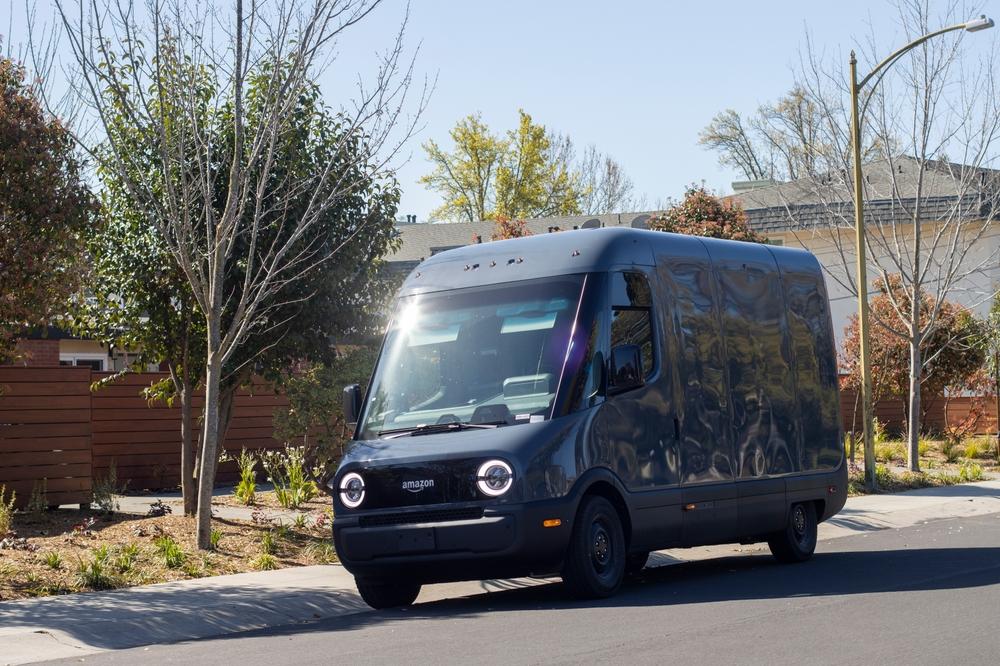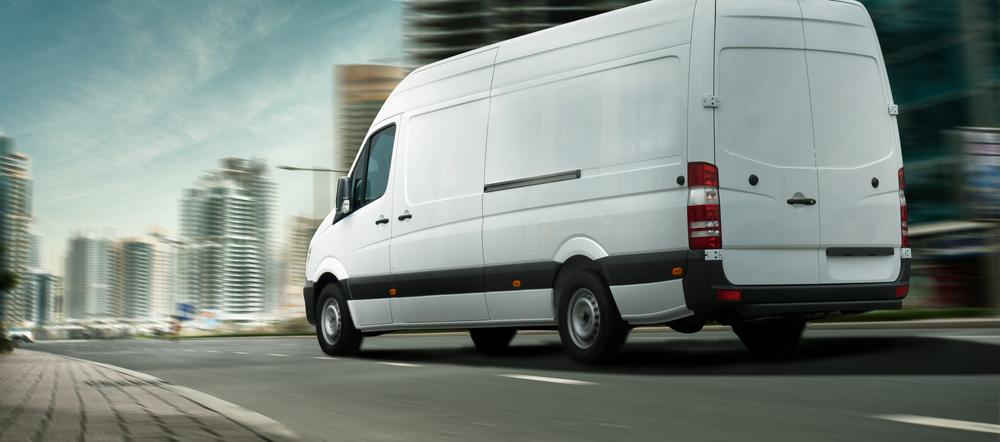
Understanding the different methods available for transporting a van or elongated vehicle is important whether you are shipping your personal vehicle or handling commercial transportation as part of your business.
There are several factors to consider such as the type of van, distance, budget, and time frame.
This guide will explore the common methods used to ship vans as well as additional aspects that affect cost and determine the most suitable option.

Common Methods of Van Transportation
Here are some common methods of transporting vans:
Open-Air Transport
One basic method for shipping vans is open-air transport, sometimes called roll-on/roll-off transport. With this method, the driving van is rolled onto a transport truck equipped with ramps. It is then secured to the deck of the truck with tie-down straps for the journey. Open-air transport provides a cost-effective way to ship vans due to its simplicity.
However, it leaves the van exposed to the elements which could potentially cause damage or wear and tear, especially over long distances. Factors like weather conditions need to be considered when opting for open-air transport.
While minor issues like dust or debris accumulation may occur even with enclosed transport, open-air transport increases risks from rain, snow, or road debris hitting the van during transit.
Enclosed Transport
For increased protection, choosing enclosed transport can be a better option. As the name suggests, enclosed transport involves driving the van into an enclosed carrier trailer which is then secured shut for the journey. This provides full protection from weather and other hazards during transit.
Enclosed transport is preferable when shipping over long distances, transporting a high-value van, or if it is carrying items inside that need protection. The trade-off is a higher cost compared to open-air transport due to the added complexity of loading/unloading into an enclosed space.
Enclosed transport may also have height/width restrictions depending on the trailer used.
Flatbed Service
Flatbed trucking involves securing the van to a flat platform trailer using straps and cradles. This method is suitable when the van is unable to be driven onto an open-air carrier or enclosed trailer, such as if it has a mechanical problem preventing it from being driven.
It is also suitable when shipping partly dismantled or unusually sized commercial vehicles.
While more secure than open-air for such scenarios, flatbed transport is generally the most expensive option due to specialized handling and equipment required. But it provides the flexibility to ship vans that can't utilize standard roll-on carriers.
Air Freight
For time-sensitive domestic or international shipments, air freight transport for vans is an option.
However, it tends to have strict size/weight limits and comes with very high costs. Shorter distances and smaller passenger vans under 10,000 lbs are best suited for air freight.
While providing the fastest transit time, air freight has additional pick-up/delivery fees plus insurance costs to factor in. It tends to be cost-prohibitive for longer distance shipments compared to ocean or overland transport.
Customs clearance also needs arranging for international air freight of vehicles.
Intermodal Rail Freight
Rail freight transport utilizes intermodal containers that can be loaded onto trains, trucks, and ships, providing an economical landbridge option for longer distance domestic or international moves.
Vans are driven into an enclosed container which is then lifted onto flatbed rail cars for transit by train. While costing less than trucking alone, rail has limitations on pickup/delivery flexibility and increased transit times vs trucks.
But it provides energy and environmental benefits over long haul truck freight. Rail works well for shipping between coastal regions or point-to-point when origins and destinations have direct rail access.

International Shipping
Shipping vans overseas involves additional planning and costs to arrange transport via roll-on/roll-off ships or intermodal container shipping and customs clearance at international ports.
Roll-on/roll-off "ro-ro" vessel transport is suitable for loaded or empty vans while container shipment requires the van to be secured inside an ISO container. Both options require land transport to/from the port facility as well.
Ro-ro transport delivery dates tend to be more fixed around vessel departure schedules compared to multi-model container options.
International vehicle shipping regulation differences and documentation compliance need to be verified for the transportation of vans between countries by sea or land bridge. Insurance is also recommended when transporting valuable vans over oceans.
Types of Vans Shipped
Different types of vans are shipped using different methods to accommodate for the different sizes, shapes and models on the market:
Standard Cargo Vans
Standard cargo vans up to around 15 feet in length can generally be shipped using typical enclosed or open-air van carriers. Standard cargo vans are compact enough not to have clearance issues on most trailers. Things like roof racks may need disassembly.
Sprinter Vans
Medium duty commercial vans like Mercedes Sprinters are prevalent in trades and adventure vehicle builds. They are usually less than 8 feet wide but require enclosed trailers or flatbeds due to height. Proper tie-down is crucial as they are prone to sway during transport. Cross-country trips may necessitate rail or container portions.
Box Trucks
Larger straight trucks and box trucks usually require flatbed transport due to length and inability to fit standard trailers or clear overpasses. Shippers should request cradles and reinforcements to properly secure these top-heavy vehicles. Dismantling aftermarket additions may aid stability and reduce risks.
Passenger Vans
12-15 passenger vans for transporting groups generally fit within van carrier size constraints. Careful loading distribution and tie-downs are needed to counter weight biases when fully loaded. Interior attachments may require removal to prevent damage or injury.
RVs and Camper Vans
Bulky Class B and C RVs necessitate enclosed auto transport for protection of build outs and valuables. Steep entry angles may necessitate load assist equipment. Removing slide outs facilitates transport. Class As are usually shipped separately from chassis, while towable travel trailers can double stack on dry van trailers.

Factors Affecting Shipping Costs
Here are some variables that can have a severe knock on effect on the cost of shipping your van:
Distance and Location
Long distance hauls involve multiple driven legs and possible use of alternate modes which drive up expenses. Transport is generally cheaper between nearby cities with good ground infrastructure vs remote locations requiring extensive repositioning runs.
Size and Weight
Larger/heavier vehicles requiring specialized equipment inflate shipping prices. Extra-long boxes or top heavy builds pose greater risks and workload for secure transport.
Seasonality and Demand
Holiday and summer driving seasons see increased competition for truck space and staff, pushing rates up significantly. Off-peak travel periods enjoy lower seasonal demand pricing.
Additional Services Required
Value-adds like liftgate service, inside delivery to a destination address, expedited or guaranteed delivery schedules can greatly boost shipping bills. Customs brokerage for international transport also represents major costs.

Closing Thoughts
Choosing the right van transportation method involves weighing many factors from vehicle type to budget and timeframe constraints.
Open-air transport provides affordable basic moving but enclosed protects against damage risks, while flatbed can handle jobs nothing else can.
Shorter hauls favor trucks, longer distances may make rail competitive, and international shipments cross multiple modes and clearance hurdles.
Understanding available options empowers selecting the safest, most cost-effective solution. Getting multiple carrier quotes also helps guarantee the best rates without compromising service quality requirements for your precious vehicle cargo.
Need to ship your van or truck?
Rely on A1 Auto Transport for reliable international and domestic van transportation services. Whether you require enclosed, open-air or flatbed transport, our licensed carriers have the solution.
As a top auto transporter, we safely move all types of vehicles through enclosed trailers, open carriers or flatbed trucks. Door-to-door service gets your cargo where it needs to be on schedule, every time.






 Share on Facebook
Share on Facebook Share on LinkedIn
Share on LinkedIn Share on Twitter
Share on Twitter




 Google
Google  Instagram
Instagram  Trustpilot
Trustpilot 



